Increased Energy Demand
The Underground Hydro Power Plant Market is experiencing a surge in demand for energy due to rising global consumption. As populations grow and economies expand, the need for reliable and sustainable energy sources becomes paramount. This trend is particularly evident in regions where traditional energy sources are becoming increasingly insufficient. The International Energy Agency projects that global electricity demand will increase by 30% by 2040, which underscores the necessity for innovative solutions like underground hydro power. This market segment is poised to benefit from this escalating demand, as underground hydro plants can provide a consistent and renewable energy supply, thus appealing to both consumers and policymakers.
Technological Innovations
Technological advancements play a crucial role in shaping the Underground Hydro Power Plant Market. Innovations in turbine design, energy storage solutions, and water management systems have enhanced the efficiency and feasibility of underground hydro projects. For example, the integration of smart grid technologies allows for better energy distribution and management, optimizing the performance of hydro plants. Furthermore, advancements in geological surveying techniques enable more accurate site assessments, reducing risks associated with project development. As these technologies evolve, they not only improve operational efficiency but also lower costs, making underground hydro power a more attractive option for energy producers and investors alike.
Environmental Considerations
The Underground Hydro Power Plant Market is increasingly aligned with environmental sustainability goals. As concerns about climate change and ecological degradation grow, there is a pressing need for energy solutions that minimize environmental impact. Underground hydro power plants typically have a smaller footprint compared to traditional hydroelectric facilities, which can disrupt local ecosystems. This aspect makes them appealing to stakeholders who prioritize environmental stewardship. Additionally, the ability of underground hydro plants to operate with minimal surface disruption aligns with global efforts to preserve natural habitats. As environmental regulations tighten, the underground hydro sector is likely to gain traction as a viable alternative to more invasive energy sources.
Government Incentives and Policies
The Underground Hydro Power Plant Market is significantly influenced by supportive government policies and incentives aimed at promoting renewable energy. Many countries have established frameworks that encourage investment in hydroelectric projects, including tax breaks, grants, and favorable regulatory conditions. For instance, various nations have set ambitious targets for renewable energy generation, which often include hydroelectric power as a key component. This regulatory environment not only fosters growth in the underground hydro sector but also attracts private investments, thereby enhancing the overall market landscape. As governments continue to prioritize sustainability, the underground hydro power segment is likely to see increased funding and development opportunities.
Rising Investment in Renewable Energy
The Underground Hydro Power Plant Market is benefiting from a broader trend of increasing investment in renewable energy sources. Financial institutions and private investors are increasingly recognizing the long-term viability and profitability of renewable projects, including underground hydro power. According to recent reports, investments in renewable energy reached record levels, with hydro power accounting for a substantial share. This influx of capital not only supports the development of new underground hydro projects but also facilitates research and development efforts aimed at improving existing technologies. As the market matures, the potential for returns on investment in underground hydro power is likely to attract even more funding, further propelling the industry forward.


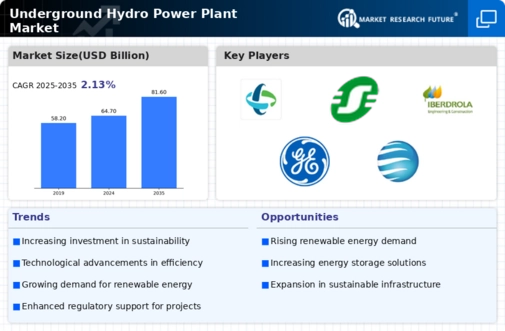
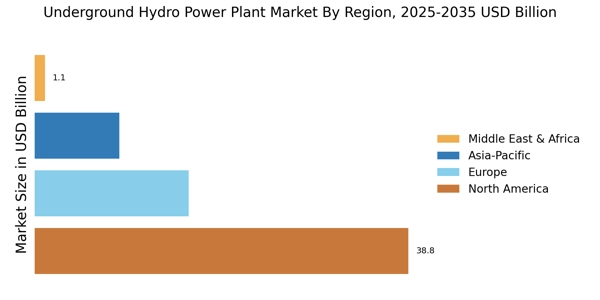


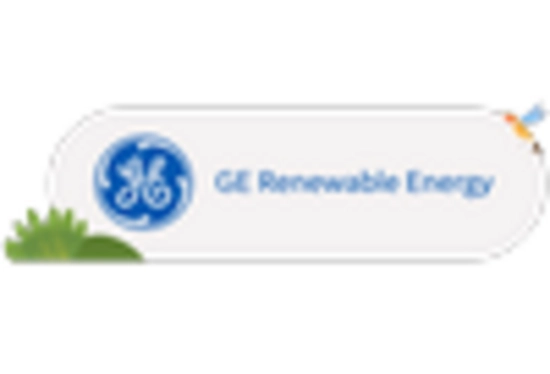
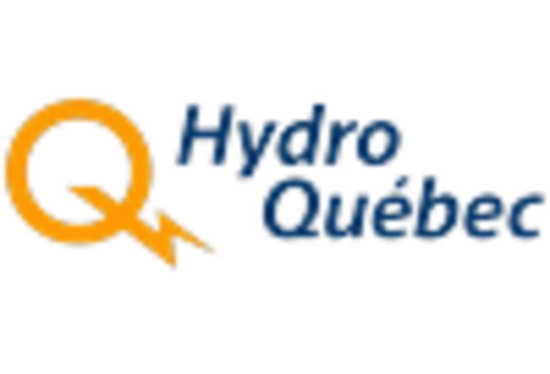

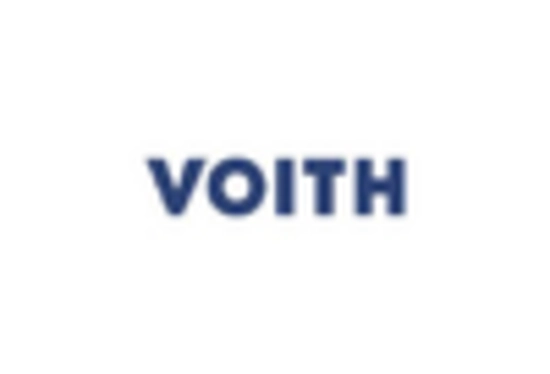








Leave a Comment